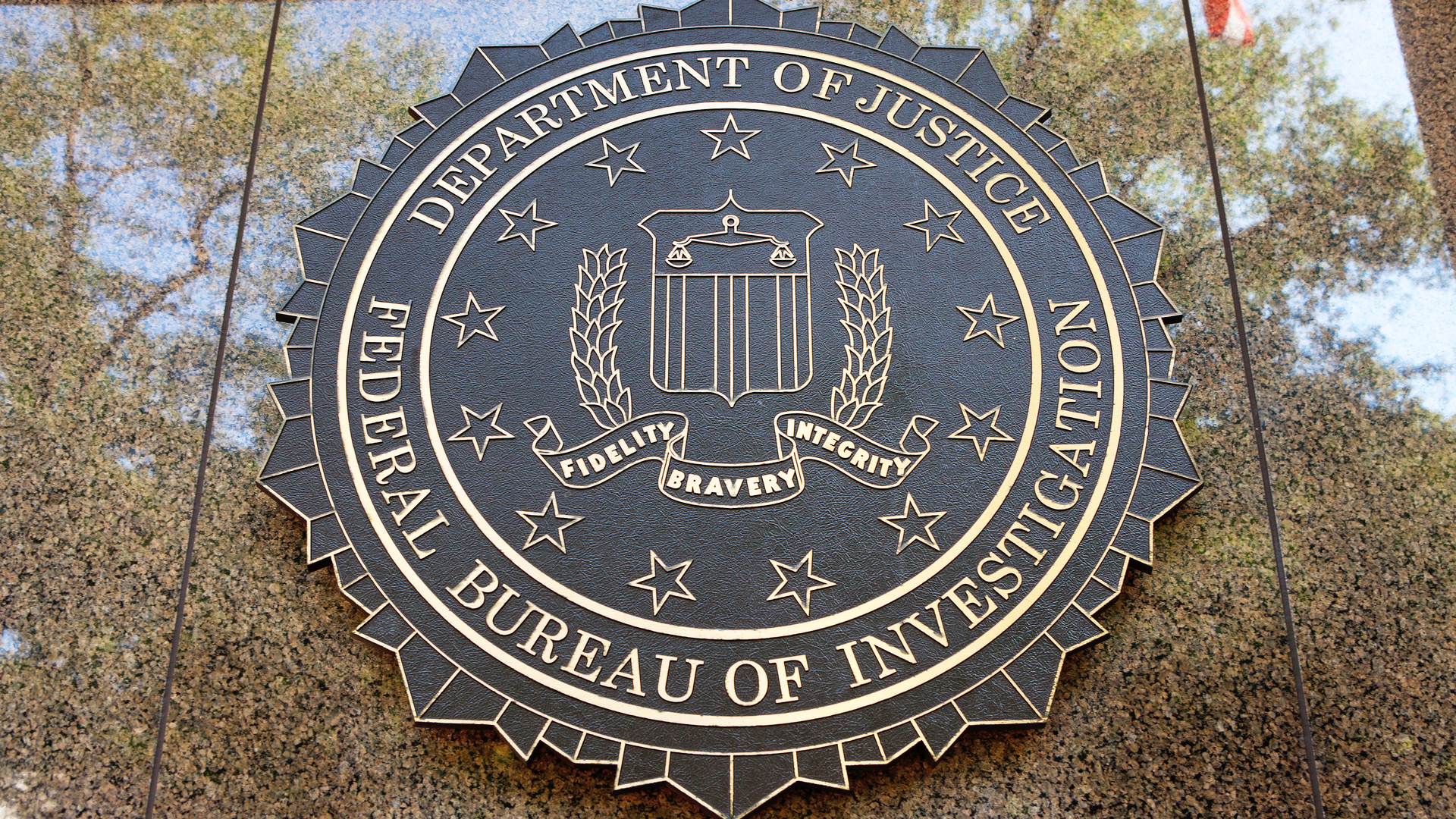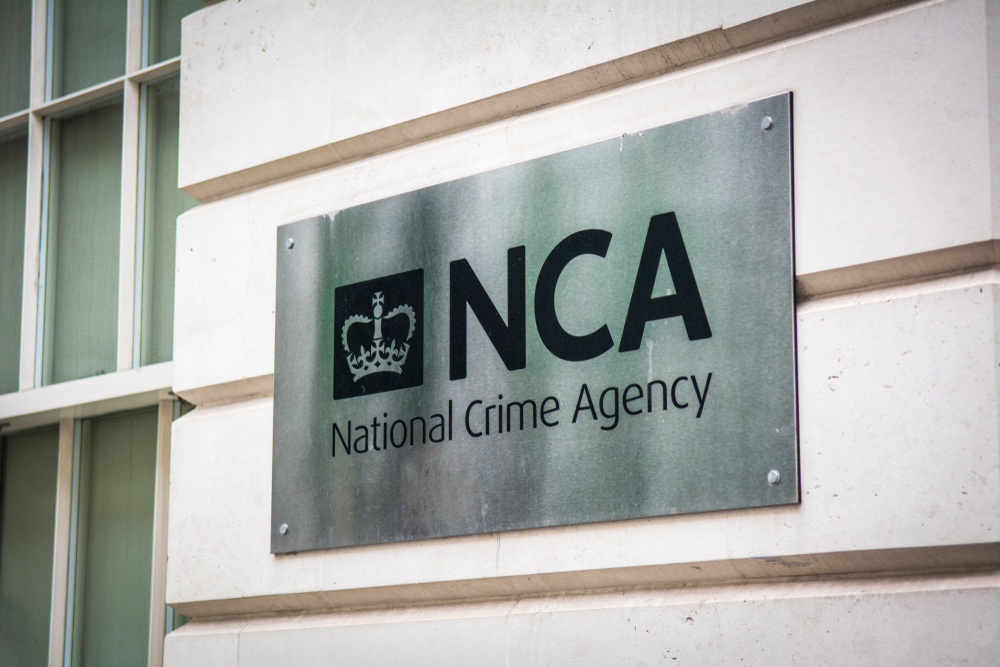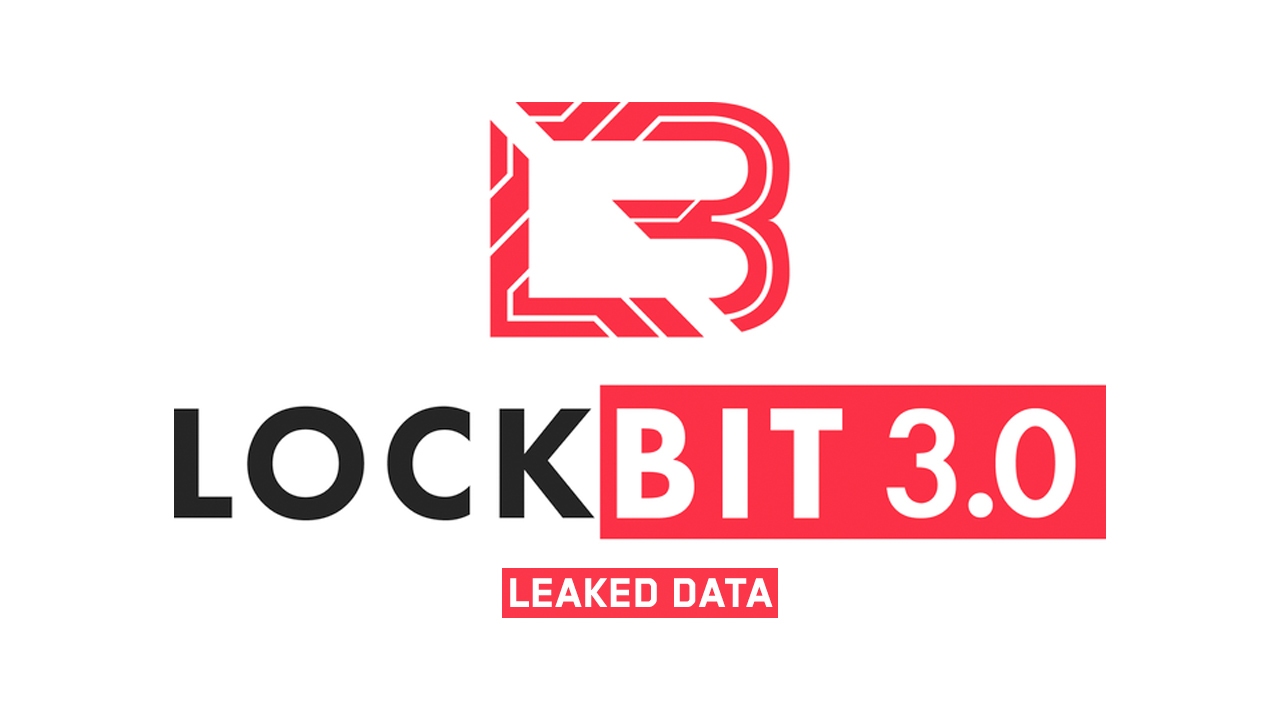FBI credited with global 85% reduction in DDoS attack size
After its seizure of illicit sites in December, attack rates have also taken a sharp downturn


The Federal Bureau of Investigation's (FBI) clampdown on DDoS-for-hire websites back in December 2018 has been credited for the massive 85% reduction in DDoS attack size and 11% attack rate globally.
According to a report from cyber security firm Nexusguard, The FBI eradicated 15 high-profile sites known as 'booster' sites which hide behind the guise of 'stress-testing' services, which could be used by anyone to direct massive amounts of traffic to any network or any business for a fee.
Before seizing the sites, the FBI tested each one to ensure it was a legitimate DDoS hire website which involved paying the 'relatively low fee' in Bitcoin, according to the affidavit which supported the FBI's warrant. As well as being affordable, the software to defend against it only goes so far.
"DDoS is among the more intractable methods, because even the most sophisticated DDoS mitigation technologies, which large organizations likely have at their disposal, have their limitations," said Tim Helming, director of product management at DomainTools.
"Because DDoS relies on huge numbers of conscripted zombie machines, often IoT devices, it's incumbent upon all of us to practice good cyber hygiene to limit the number of resources a DoS attacker can marshal," he added.
Nexusguard said that the worrying availability and affordability of the sites was an issue and it also "raises concerns over the security vulnerabilities of a sheer number of unsecured and unpatched IoT devices as well as misconfigured computers and network devices".
According to a Kaspersky report last year, DDoS attacks can hurt SMEs quite substantially, placing the average cost of an attack at $123,000 for small companies - a steep rise from the $106,000 cost in 2016.
Get the ITPro daily newsletter
Sign up today and you will receive a free copy of our Future Focus 2025 report - the leading guidance on AI, cybersecurity and other IT challenges as per 700+ senior executives
The attack method involves overwhelming a website or server with more access requests than it can handle causing it to malfunction and drop offline, or in the case of a targeted server, knock the services it supports offline.
Even if a DDoS attack fails to take a website or server down, it can lead to the supported services to run a lot slower and see web pages get stuck in loading loops when accessed by legitimate users.
While the traditional 'here's a load of data, Mr Network, try and handle this - haha' type of DDoS attack is decreasing in popularity, a sophisticated and newer form of network overload is coming to the fore.
Coined 'bit and piece', these attacks involve sending a small amount of unwanted traffic to lots of IP addresses in an attempt to slip by threat detectors and eventually saturate a network's resources which leads to a service being brought down.
Bit and piece attacks saw a big surge in Q4, according to the Nexusguard report, with a 36% increase in the number of attacks and rise in average attack size by nearly 4%.
It's important that businesses maintain good cyber hygiene in the current security climate, and that goes for detecting other threats too.
Building on the DDoS theme, yesterday we reported on the discovery of a new Mirai botnet variant, known for bringing catastrophic damage via DoS attacks to businesses. The new variant specifically attacks business IoT devices to compromise networks and then launch malicious payloads.

Connor Jones has been at the forefront of global cyber security news coverage for the past few years, breaking developments on major stories such as LockBit’s ransomware attack on Royal Mail International, and many others. He has also made sporadic appearances on the ITPro Podcast discussing topics from home desk setups all the way to hacking systems using prosthetic limbs. He has a master’s degree in Magazine Journalism from the University of Sheffield, and has previously written for the likes of Red Bull Esports and UNILAD tech during his career that started in 2015.
-
 Should AI PCs be part of your next hardware refresh?
Should AI PCs be part of your next hardware refresh?AI PCs are fast becoming a business staple and a surefire way to future-proof your business
By Bobby Hellard
-
 Westcon-Comstor and Vectra AI launch brace of new channel initiatives
Westcon-Comstor and Vectra AI launch brace of new channel initiativesNews Westcon-Comstor and Vectra AI have announced the launch of two new channel growth initiatives focused on the managed security service provider (MSSP) space and AWS Marketplace.
By Daniel Todd
-
 UK crime fighters wrangle “several thousand” potential cyber criminals in DDoS-for-hire honeypot
UK crime fighters wrangle “several thousand” potential cyber criminals in DDoS-for-hire honeypotNews The sting follows a recent crackdown on DDoS-for-hire services globally
By Ross Kelly
-
 US begins seizure of 48 DDoS-for-hire services following global investigation
US begins seizure of 48 DDoS-for-hire services following global investigationNews Six people have been arrested who allegedly oversaw computer attacks launched using booters
By Zach Marzouk
-
 Will triple extortion ransomware truly take off?
Will triple extortion ransomware truly take off?In-depth Operators are now launching attacks with three extortion layers, but there are limitations to this model
By Connor Jones
-
 GoDaddy web hosting review
GoDaddy web hosting reviewReviews GoDaddy web hosting is backed by competitive prices and a beginner-friendly dashboard, and while popular, beware of hidden prices
By Daniel Blechynden
-
 Japan investigates potential Russian Killnet cyber attacks
Japan investigates potential Russian Killnet cyber attacksNews The hacker group has said it’s revolting against the country’s militarism and that it’s “kicking the samurai”
By Zach Marzouk
-
 LockBit hacking group to be 'more aggressive' after falling victim to large-scale DDoS attack
LockBit hacking group to be 'more aggressive' after falling victim to large-scale DDoS attackNews The ransomware group is currently embroiled in a battle after it leaked data belonging to cyber security company Entrust
By Connor Jones
-
 Record for the largest ever HTTPS DDoS attack smashed once again
Record for the largest ever HTTPS DDoS attack smashed once againNews The DDoS attack lasted 69 minutes and surpassed the previous record of 26 million RPS
By Praharsha Anand
-
 Cloudflare unveils new One Partner Program with zero trust at its core
Cloudflare unveils new One Partner Program with zero trust at its coreNews Cloudflare CEO Matthew Prince says the initiative aims to take the complexity out of zero trust architecture
By Daniel Todd